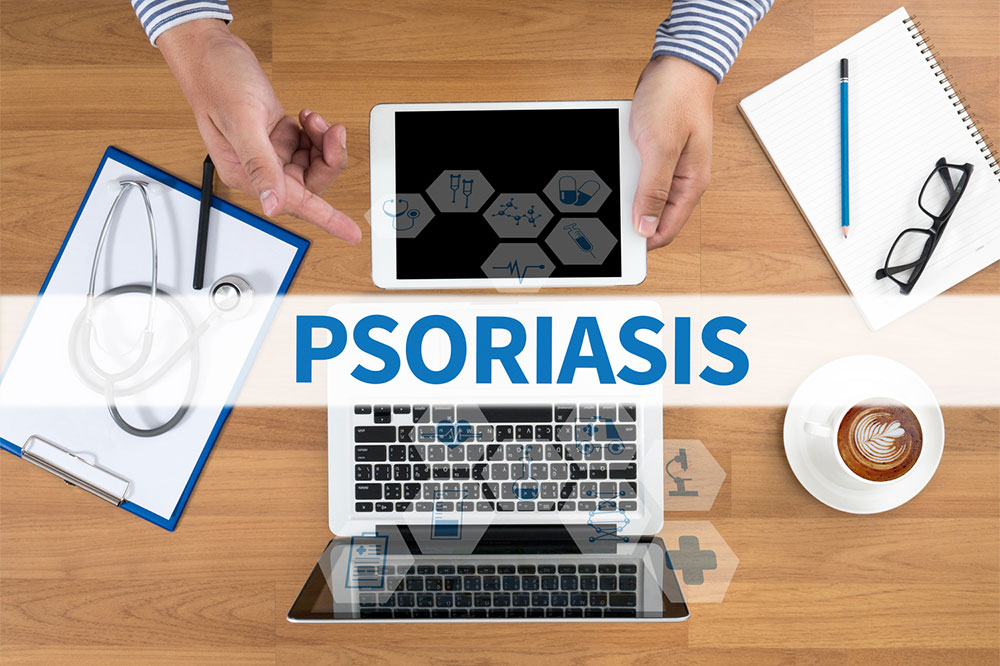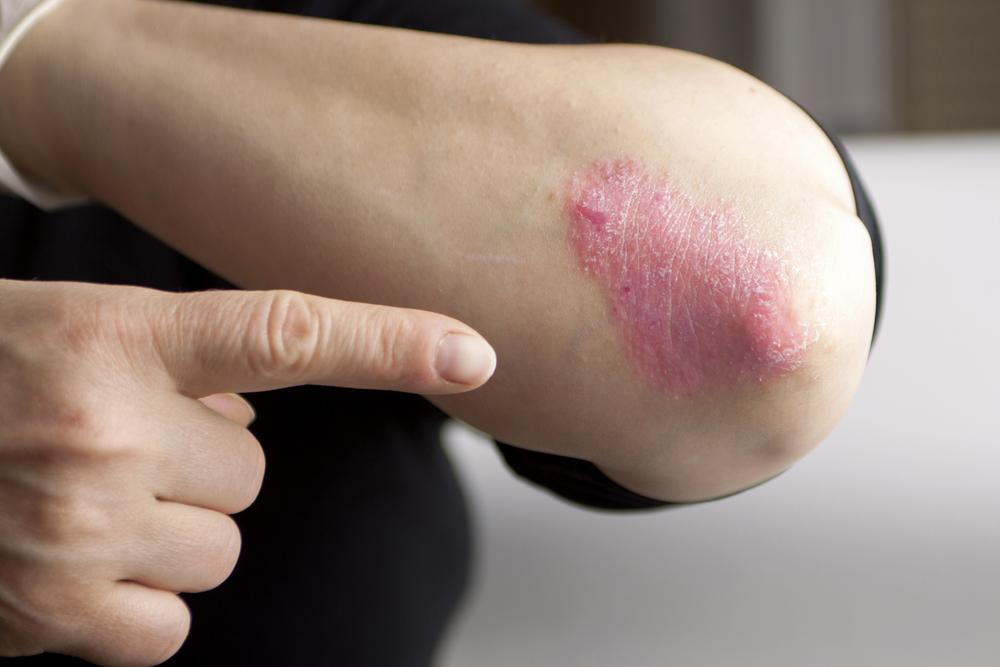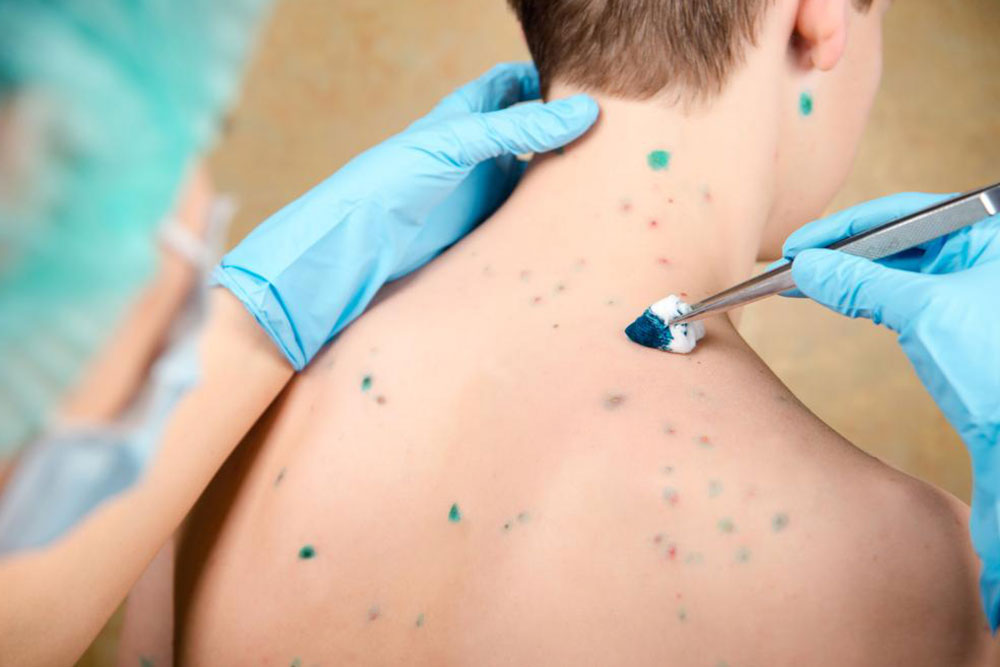Comprehensive Guide to Psoriasis: Types, Symptoms, and Triggers
Psoriasis is a complex autoimmune skin disorder with various types, including plaque, guttate, pustular, inverse, and erythrodermic psoriasis. It manifests through red, flaky patches and can be triggered by genetics, infections, skin injuries, or environmental factors. Proper diagnosis and management are crucial to prevent flare-ups and improve quality of life. This comprehensive guide explores the causes, symptoms, and treatment options to help affected individuals understand and control the condition effectively.

Understanding Psoriasis: Types and Key Symptoms
Psoriasis is a chronic autoimmune skin disorder that affects millions worldwide, regardless of age or gender. It manifests through the development of red, flaky patches on various parts of the body, commonly appearing on the elbows, knees, scalp, and lower back. These patches are the result of an accelerated skin cell lifecycle, which causes excess skin buildup that forms thick scales, often accompanied by itching, burning, and discomfort. With approximately 8 million individuals affected across the country, psoriasis exhibits a broad spectrum of severity, from mild patches to severe, debilitating skin conditions. Understanding its different types and symptoms is essential for effective management and improved quality of life.
Types of Psoriasis: An In-Depth Overview
Plaque Psoriasis: The Most Common Form
This is by far the most prevalent type, accounting for about 80-90% of all psoriasis cases. It frequently appears on visible areas such as the scalp, knees, elbows, and the trunk. Plaque psoriasis is characterized by raised, inflamed patches covered with silvery-white scales—these plaques can vary significantly in size, ranging from small dandruff-like flakes to large, extensive eruptions. It is often associated with nail psoriasis, leading to pitting, ridging, or other nail abnormalities. The condition can be exacerbated by genetic predisposition, skin injuries, sunburns, stress, or infections. Symptoms include redness, itching, dryness, cracking, and sometimes bleeding of the affected skin. The persistent plaques not only cause physical discomfort but can also lead to emotional distress due to their visible nature.
Guttate Psoriasis: Small, Drop-Shaped Lesions
This variant predominantly affects children and young adults but can occur at any age. It is often triggered by a bacterial infection, especially streptococcal throat infection. Guttate psoriasis manifests as small, drop-shaped spots that appear suddenly, primarily on the limbs, torso, and sometimes on the face. These lesions are red, dry, and flaky, often causing significant itching. Patients may notice a seasonal pattern, with symptoms worsening during winter and improving or disappearing during summer. Severity is classified based on the number and extent of lesions, ranging from mild to severe. The condition may resolve on its own or require treatment to control the outbreaks.
Pustular Psoriasis: Pus-Filled Blisters
Pustular psoriasis is a more severe form characterized by white pustules or pus-filled blisters surrounded by red, inflamed skin. This type can affect localized areas such as the palms and soles or become generalized, covering large parts of the body. Causes include genetic predisposition, skin reactions, or adverse responses to topical treatments. Symptoms involve painful blisters, scaling, burning sensations, and discomfort. The presence of pustules can interfere with daily activities and pose serious health risks if infections develop. Immediate medical attention is often necessary for pustular psoriasis to prevent complications.
Inverse Psoriasis: The Sensitive Skin Areas
This type appears in skin folds where the skin is thinner and more sensitive, such as the armpits, groin, under the breasts, or around the genitals. Due to the delicate nature of these areas, inverse psoriasis presents as shiny, smooth, and discolored patches that may itch, crack, or slightly bleed. The moisture-rich environment favors fungal infections, making diagnosis and treatment challenging. Patients often experience discomfort from excessive sweating and friction. Proper skin care and specialized treatments are necessary to manage this form effectively.
Erythrodermic Psoriasis: A Serious and Life-Threatening Condition
This is among the most severe and rarest forms of psoriasis, which can be life-threatening if not promptly treated. Typically developing in individuals with pre-existing plaque psoriasis, erythrodermic psoriasis causes widespread redness, burning, and peeling of the skin, resembling a severe sunburn. Patients may experience fever, chills, rapid heartbeat, dehydration, and difficulty regulating body temperature. Nail involvement and systemic symptoms such as fatigue and malaise are common. Emergency medical intervention is critical due to the risk of infections, dehydration, and other complications, including fluid imbalance and heart failure. Long-term management involves hospitalization and carefully tailored treatments.
Common Causes and Triggers of Psoriasis
Genetics and Family History
Psoriasis has a strong genetic component, with a family history significantly increasing the risk. Certain gene mutations related to immune regulation predispose individuals to develop the condition, especially when exposed to environmental triggers. If a close relative has psoriasis, the likelihood of developing it is considerably higher, emphasizing the importance of genetic awareness and early diagnosis.
Infections and Immune Response
Bacterial, viral, or fungal infections can act as catalysts for psoriasis flare-ups. Streptococcal infections, in particular, are known triggers for guttate psoriasis. These infections activate the immune system abnormally, leading to increased skin cell turnover and inflammation, which exacerbate psoriasis symptoms.
Skin Injuries and Other Physical Triggers
Physical trauma, such as cuts, scrapes, sunburns, or even mosquito bites, can induce local psoriasis outbreaks, a phenomenon known as Koebner’s phenomenon. This response underscores the importance of skin care, especially for individuals already diagnosed with the disease.
Environmental and Lifestyle Factors
Cold, dry weather often worsens psoriasis symptoms by drying out the skin, making it more prone to cracking and inflammation. Stress is another significant trigger, as it affects immune function and may lead to flare-ups. Sudden withdrawal from corticosteroids or other medications, as well as exposure to harsh topical treatments, can also provoke or worsen the condition. Additionally, certain medications like beta-blockers or lithium have been linked with psoriasis exacerbations.
Understanding these causes and triggers can help individuals and healthcare providers develop personalized management strategies to minimize flare-ups and improve skin health.





